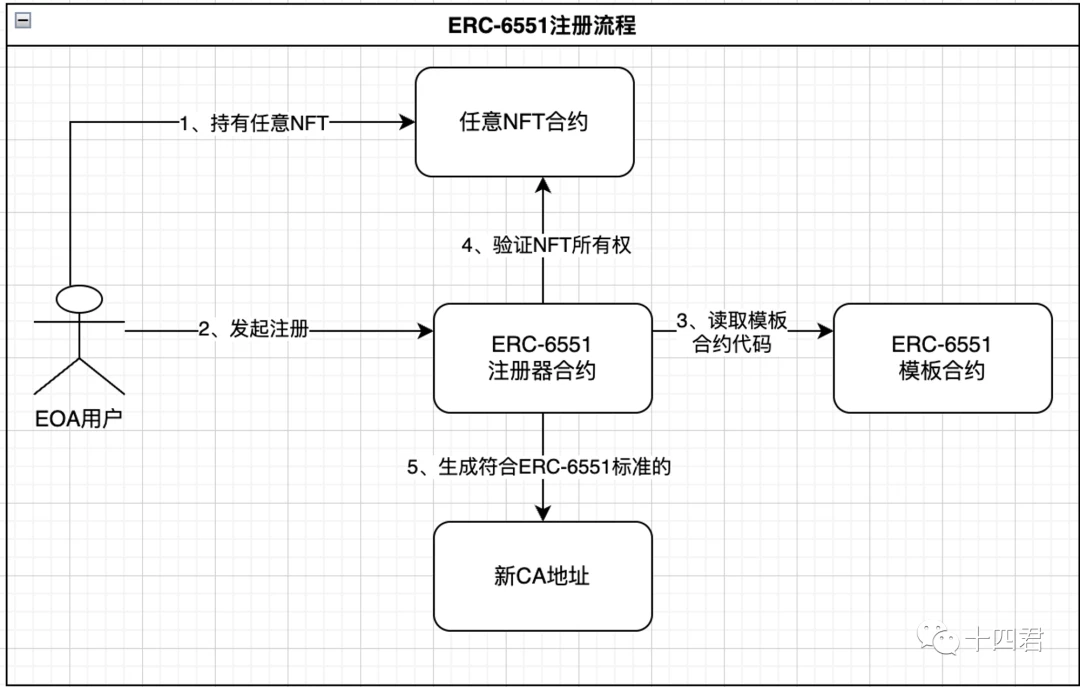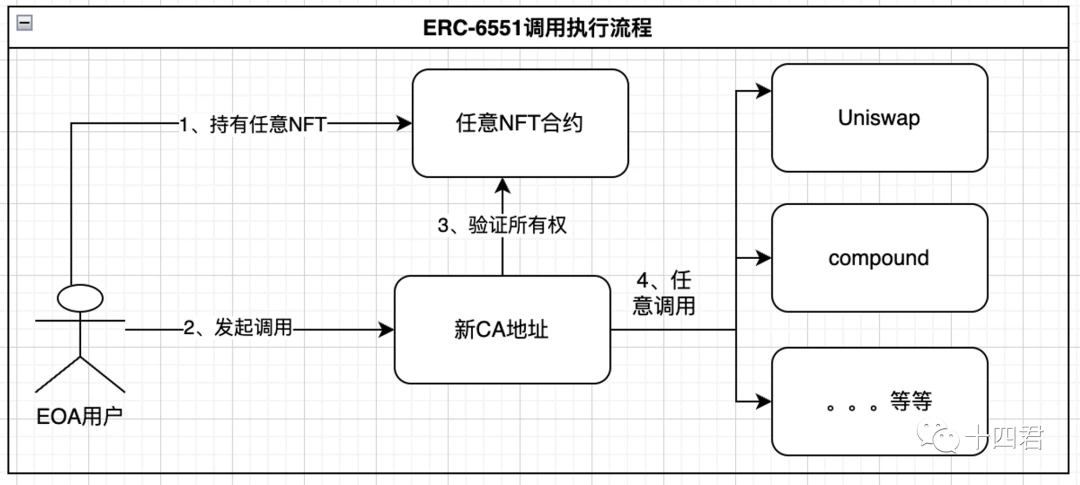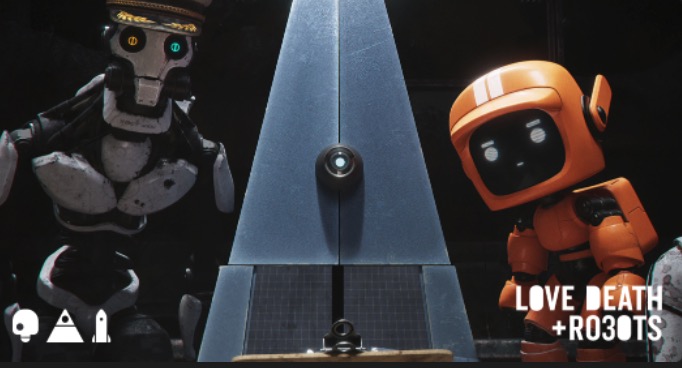ERC-6551 proposal is a brand new Token standard, which is a disruptive upgrade to the original NFT standard. In the ETHGlobal Waterloo hackathon held at the end of June, 4 out of the 11 projects that made it to the finals were based on the ERC-6551 protocol.
Instantly, people were attracted to the appeal of this new protocol, and the protocol itself has a higher purpose.
ERC-6551 can expand and be compatible with most of the previously deployed NFT protocols. The expanded NFTs can be used as accounts themselves to achieve nested combinations of NFTs. Additionally, when NFTs are transferred, it is equivalent to the transfer of fully associated assets. This further makes it considered as the most suitable NFT extension for on-chain and GameFi scenarios.
1. NFT Wallets are not a first attempt
The wallets introduced by ERC-6551 are called "Token Bound Accounts" (TBA), which means NFT holders can use TBA to initiate on-chain operations. The inspiration for this comes from SBT, which I researched about a year ago along with similar A3S protocols.
For A3S, the operations used by users are actually very similar to the operation mode of ERC-6551.
Users mint a Commander NFT from the smart contract address factory, which automatically deploys the corresponding smart contract.
The owner of the smart contract points to the corresponding NFT holder.
The contract can receive any type of on-chain asset and only allows the owner to send assets. It means that this smart contract serves as the medium for users to interact with any blockchain dApp.
Compared with the pros and cons of ERC-6551, it is positioned around the extension of ERC-721. It does not rely on the need to use the NFT specified by A3S, but any already deployed NFT, such as Azuki, can be used as the source of ownership.
Further reading: A method for transferring and auctioning non-transferable soul-bound tokens on the Os
2. How does ERC-6551 work?
The core is the registration and invocation process.


For a detailed interpretation of the operating mechanism and deployment guide, as well as the attempts and development of NFT protocol history to extend the protocol, the complete research report has been submitted to the research channel of Web 3 Caff, a paid research report platform (The platform is currently conducting a joint fan activity with Shisi as the referral code to extend the membership period by 15 days).
Read more: "NFT Wallet New Standard ERC-6551 Research Report: Can it be the breakthrough for NFT? A panoramic breakdown of its background, implementation mechanism, application scenarios, and advantages and challenges" https://research.web3caff.com/en/archives/9513
3. How to evaluate ERC-6551?
3.1. Advantages derived from the highly customizable CA
Since its deployment is based on a CA address, apart from the inability to sign, it is no different from a normal EOA address in terms of attributes (including Nonce). This means that NFT has the same carrying capacity as an EOA account, making it easier for batch transfers and transferring ownership of the account itself, similar to the account in On-Chain games. However, it should be noted that it still requires EOA transactions to operate, only the on-chain identity is not associated with the address corresponding to the EOA private key. Therefore, statements such as "Your NFT can interact independently with dApps without relying on the wallet that holds it" are incorrect. Due to the nature of on-chain identity, any aspect related to identity can be reproduced.
3.2. Disadvantages derived from dependence on the application layer
Usually, when I comment, I would say that the advantages are obvious, but the limitations are xx. However, when it comes to ERC-6551, it is the opposite. Its advantages are not so obvious, but its limitations are significant. It is difficult to explain why it must be used. The composability of on-chain NFTs is not the ability of ERC-6551 itself, but rather a basic function inherent in the CA wallet itself. As for the amplification of transferring through NFTs achieved by ERC-6551, it is more like a way to price and execute account transfers in a fair manner using the market.
So the root of the problem comes back to why NFTs are expected to be implemented in this way for composition?
If it really has to have meaning, then it can only be said that the gas consumption for trading a large number of NFT assets is very low. However, I think most users are only interested in selling some furniture, not selling the entire house in a package. Even for NFT assets in a certain game, the game developers would probably not want players to sell their accounts and leave, so naturally their support will be limited. As for the combination of the core narrative of SocialFi and ERC-6551, the same issue arises: social interaction itself should not encourage the selling of accounts, otherwise the focus would be on data that is being bought and sold.
3.3 Summary
The sudden attention on new standards in the market is essentially a pessimistic view of the current lack of innovation in NFT protocols. The lack of actual value mapping for NFTs may not necessarily be a problem at the protocol layer, but rather at the application layer. The large number of NFTs generated now need to be consumed by a diversified user demand on the blockchain, just as ETH has long-term value because a thriving ecosystem requires higher transaction fees. Similarly, NFTs themselves should be some kind of consumable, they expire, they burn, and they can fuse to create higher net value products.
Like and follow, XIV brings you value from a technical perspective.










